Instead of a battery, the chip Nathan is engineering uses two solar cells that look like they belong on a calculator.
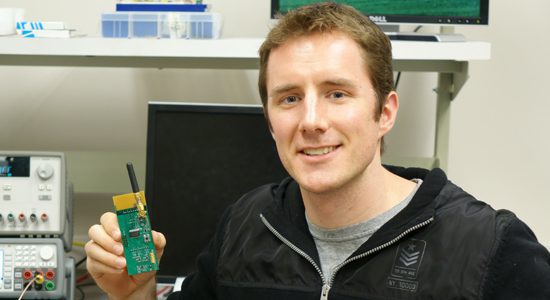

Instead of a battery, the chip Nathan is engineering uses two solar cells that look like they belong on a calculator.
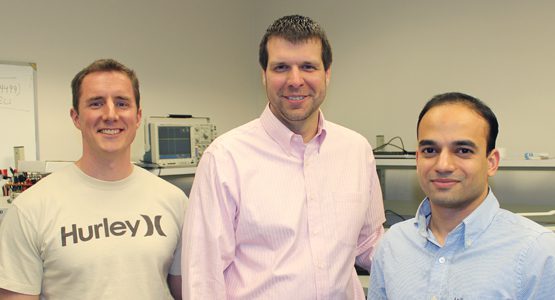
The chips’ extreme energy efficiency enables them to be powered without a battery from harvested energy sources like vibration, thermal gradients, and more.
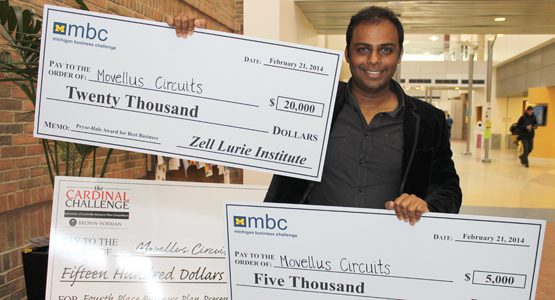
Movellus Circuits’ product is a patent-pending clock generator technology that is smaller, cheaper, and faster than existing solutions.

Nataraj is using big data techniques to transform the field of medical imaging
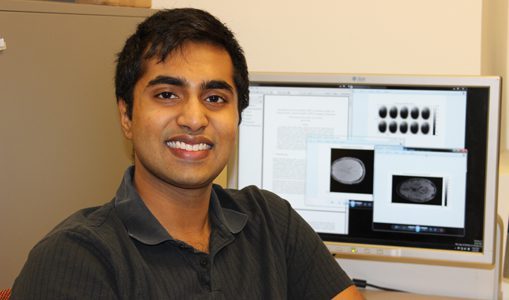
Nataraj’s research aims to generate higher-quality and faster MRI images, resulting in improved diagnostics of neurological disorders and autoimmune diseases.
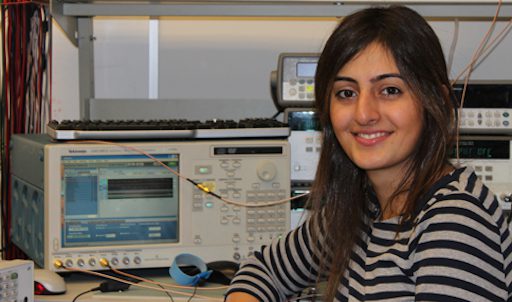
Avish is currently conducting research on ultra-low power radio technology and designing a low-power RF power amplifier.
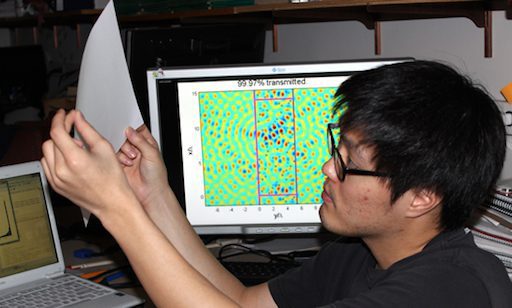
Their technique utilizes backscatter analysis to construct “perfectly transmitting” wavefronts.

Wentzloff aims to remove the necessity of a power outlet or even a battery to power miniature sensors.
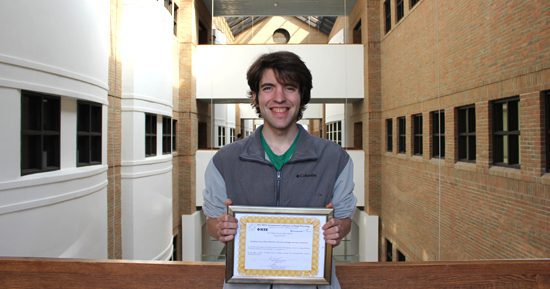
The method they developed compares favorably with the best of current techniques, while being faster and easier.